Piriformis syndrome is a condition characterized by pain and discomfort in the buttocks caused by irritation of the sciatic nerve. One of the best ways to prevent this condition is to strengthen the piriformis muscle, which is located deep in the buttocks. Here are some effective exercises to help strengthen the piriformis muscle and prevent piriformis syndrome:
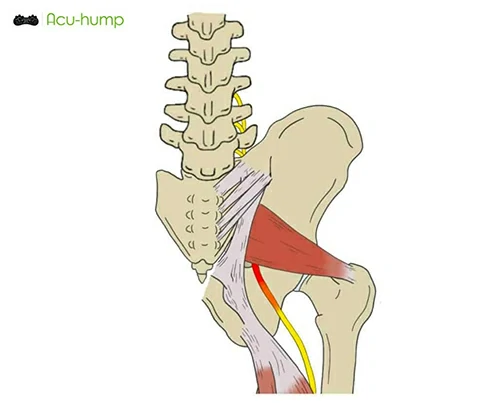
Clamshells
Start by lying on your side with your legs bent at a 90-degree angle and your feet together. Keep your heels touching each other while lifting the top leg away from the bottom leg. Lower the leg back down and repeat for 10-15 repetitions on each side.

Hip bridges
Lie on your back with your feet flat on the floor and your knees bent. Lift your hips up towards the ceiling, squeezing your glutes and hamstrings. Hold for a few seconds and then lower down. Repeat for 10-15 repetitions.
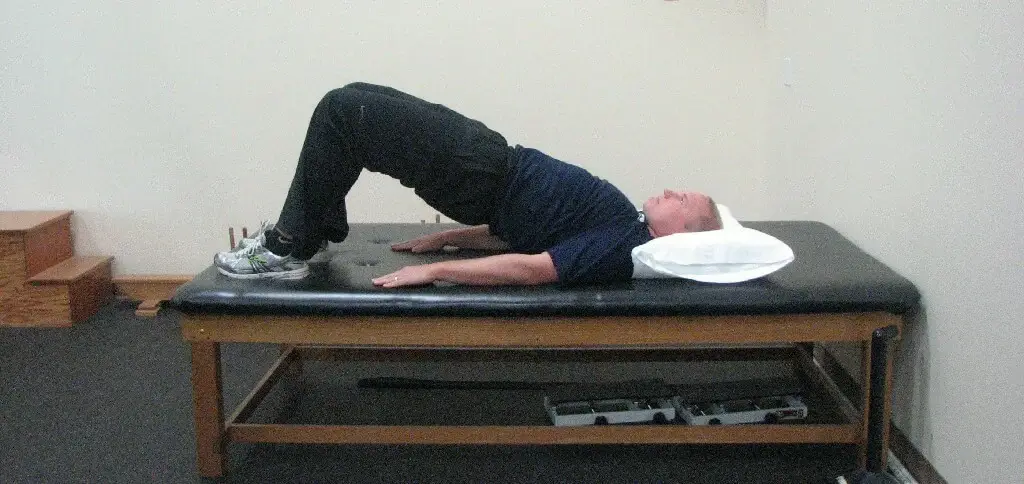
Lunges
Stand with your feet shoulder-width apart and take a step forward with one foot. Lower your body down until your front knee is at a 90-degree angle, while keeping your back knee slightly bent. Push up and repeat for 10-15 repetitions on each side.

Squats
Stand with your feet shoulder-width apart and squat down until your thighs are parallel to the ground. Push up and repeat for 10-15 repetitions.
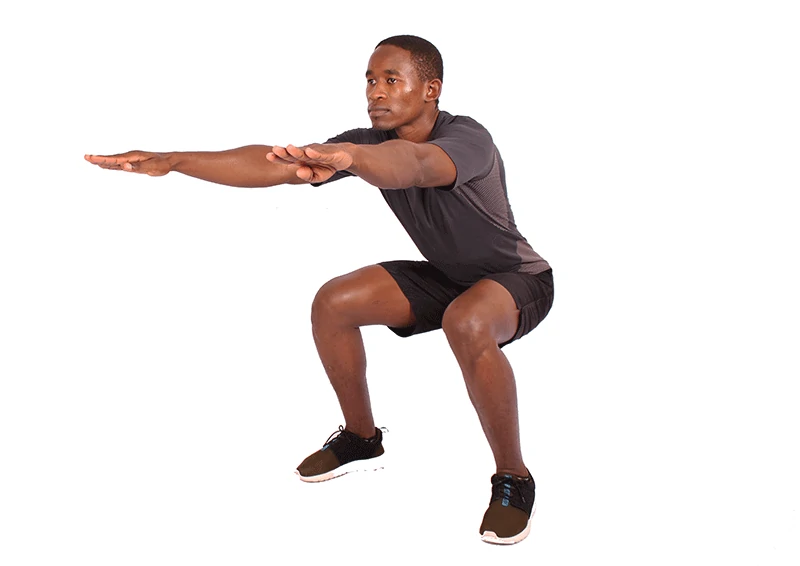
Foam rolling
lace a foam roller under your piriformis muscle and roll back and forth for 30-60 seconds. This can help to release tension and increase blood flow to the muscle.
When performing these exercises, it is important to start with a low number of repetitions and gradually increase as you build strength and endurance. It is also important to maintain proper form and alignment to prevent injury.
Acu-hump Massage and Stretch Piriformis
In addition to the exercises and stretches mentioned above, another helpful tool for at-home care for piriformis syndrome is the Acu-hump. This is a stretching tool that provides deep tissue pressure and can be used to relax the tightness of the piriformis muscle, providing relief for piriformis syndrome.
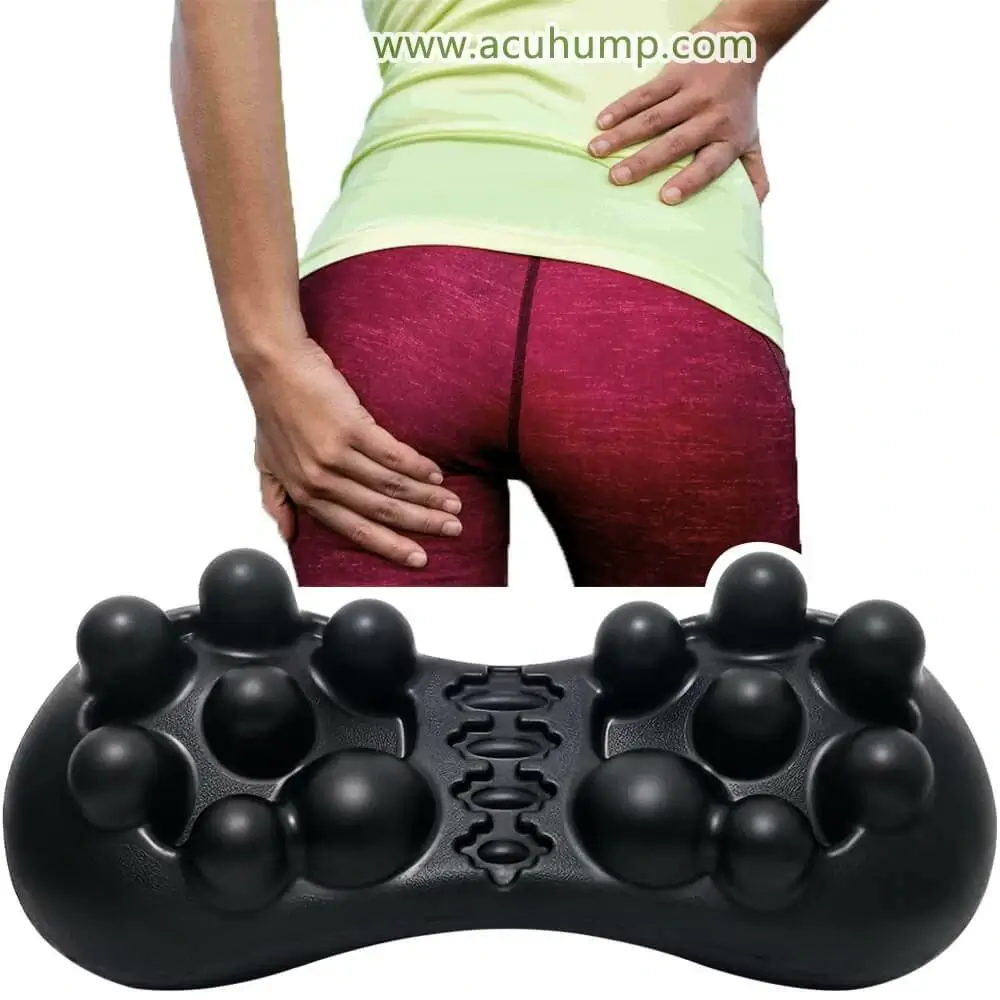
Acu-hump: 30-day return policy. No risk for you.
Unlike foam rollers, the Acu-hump does not roll. It is a steady platform that can be placed on the ground, making it easy for beginners to use for stretching exercises.

The 14 raised bumps on the Acu-hump are strategically designed to target common trigger points for piriformis syndrome.
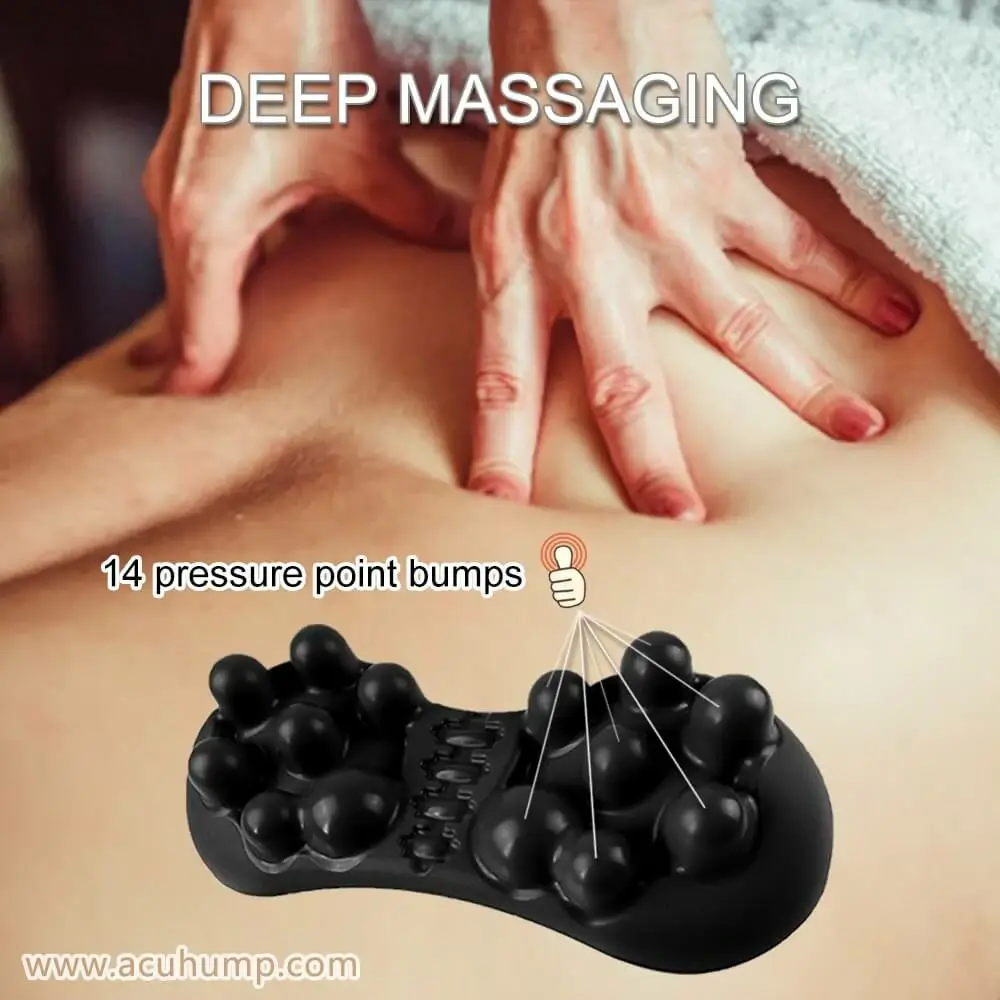
Acu-hump® Massage Piriformis
One recommended 10-minute stretching routine using the Acu-hump.

Acu-hump®
Release Butt & Lower Back
Including the Acu-hump in your at-home care routine for piriformis syndrome can provide additional relief and improve flexibility. As with any new exercise program, it’s important to consult with a physical therapist or doctor before starting.
By incorporating these piriformis syndrome treatment stretches into your regular routine, you can strengthen the piriformis muscle and prevent piriformis syndrome. It is always important to consult with a physical therapist or doctor before starting a new exercise program, especially if you have a history of injury or chronic pain.
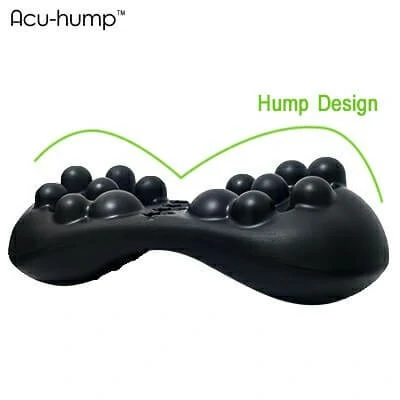
Acu-hump: 30-day return policy.
You have no risk.
